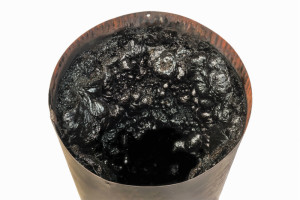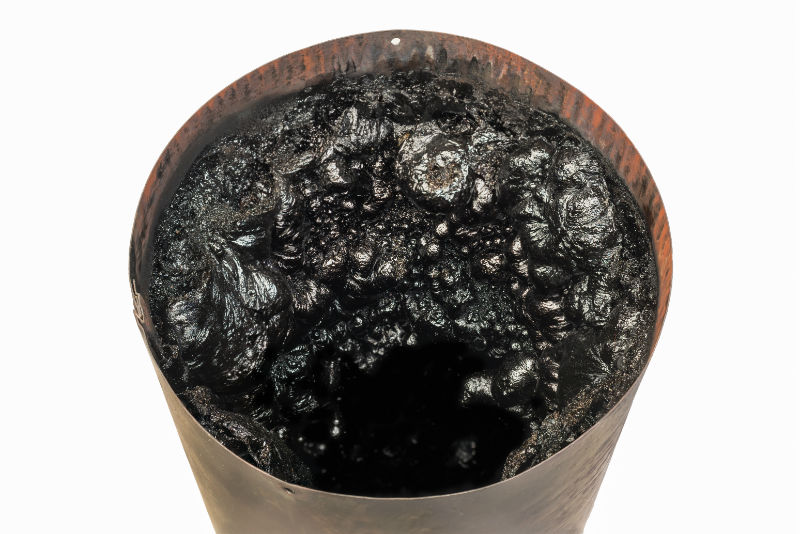When our Chimney Safety Institute of America (CSIA)-certified chimney sweeps from Weststar Chimney Sweeps clean your chimney, we take great care to remove every bit of creosote from its interior walls. However, sometimes it takes more than just a typical chimney sweeping to get rid of this flammable residue. Creosote evolves through three different stages, and when it gets to the third and final stage, it becomes glazed on the walls of your flue. Glazed creosote can be very difficult to remove because it is like a thick shell of chocolate stuck to your chimney walls. It is impossible to remove with our regular chimney sweeping tools, so we will need to give your chimney a professional and detailed mechanical cleaning. Creosote deglazing is very important to keep your chimney safe from dangerous hazards, and we would like to tell you more about this service and why it is so essential.

What exactly is creosote, and why is it so hazardous?
A compound that forms naturally during the combustion process of burning wood, creosote sticks to the inner walls of your chimney and can accumulate into large deposits. If these deposits become large enough, they can block your flue and even ignite a chimney fire if the internal temperature of your flue reaches a high enough point. As the CSIA says, chimney fires can be caused by dirty chimneys. This is why the CSIA and other national fire safety organizations recommend that a chimney should be professionally swept annually.
What causes creosote to become glazed?
Although creosote occurs naturally when you burn wood, there are some precautions you can take to keep it from reaching the glazed state. The most important thing you can do to prevent glazed creosote is to always burn only seasoned wood, or wood that has been dried for at least six months. When you burn freshly-cut, wet wood, your fire burns at a lower temperature because it is too busy trying to burn off all of the excess moisture. This cooler temperature causes more creosote to form and dry at a slower pace. New layers of creosote begin to form over layers that are still wet, which leads to the development of glazed creosote. Another important thing to always do when you use your fireplace is to be sure the damper is completely open, which prevents the fire from smoldering and producing more creosote.
What is a creosote deglazing?
A detailed mechanical cleaning, creosote deglazing involves our trained technicians using a mechanical high-speed, half-inch drill and a 24-inch wizard whip to be able to safely remove the glazed creosote by breaking it down so that it will not damage the interior walls of your chimney.
Have you scheduled your annual chimney sweeping yet this year? Contact us at Weststar Chimney Sweeps to arrange a visit from our CSIA-certified sweeps to see if you will also need a creosote deglazing treatment.

